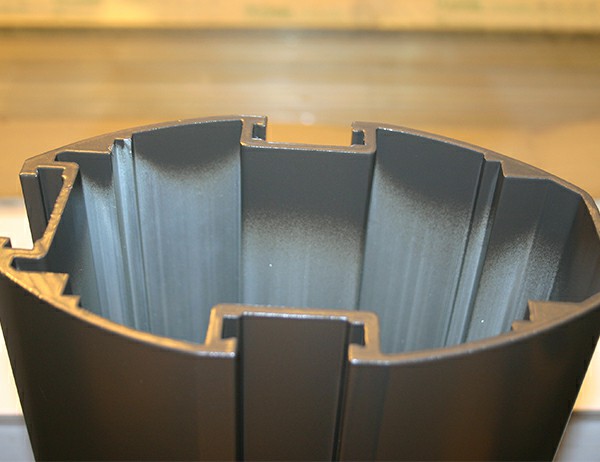The extrusion process is a cornerstone of modern manufacturing, particularly when it comes to industrial aluminum profiles. This method enables the creation of complex cross-sectional shapes with high precision, contributing significantly to various industries, including construction, automotive, aerospace, and electronics. To fully grasp the intricacies and advantages of aluminum extrusion, it's essential to delve into the process, materials, benefits, and applications.
The Extrusion Process: A Step-by-Step Overview
Extrusion involves forcing aluminum alloy material through a die, a tool that shapes the aluminum into the desired profile. The process begins with the selection of the appropriate aluminum alloy. Common choices include the 6000 series, known for its excellent extrudability, good mechanical properties, and corrosion resistance.
1. Billet Preparation: The aluminum alloy is first cast into cylindrical logs, or billets, which are then cut to a specific length. These billets are heated to around 900°F (482°C) to soften the material, making it more pliable for extrusion.
2. Extrusion Press: The heated billet is placed into an extrusion press. The press consists of a ram and a die. The ram pushes the softened billet through the die, which is designed to produce the desired cross-sectional shape. The pressure can reach up to 15,000 tons, depending on the complexity and size of the profile.
3. Cooling: Once extruded, the aluminum profile exits the die at high temperatures and is immediately cooled, typically using air or water quenching. Cooling rates are carefully controlled to achieve the desired mechanical properties in the final product.
4. Stretching and Straightening: After cooling, the profiles are stretched to straighten them and to correct any distortions that may have occurred during the extrusion process. This step ensures the profiles meet precise dimensional tolerances.
5. Cutting to Length: The stretched profiles are cut to the required lengths. These can be standard lengths or customized according to specific application needs.
6. Aging and Finishing: The final step involves heat-treating, or aging, the profiles to enhance their strength and durability. Additionally, various finishing processes such as anodizing, painting, or powder coating can be applied to improve appearance and corrosion resistance.
Materials and Alloys
The choice of aluminum alloy is crucial in the extrusion process. The 6000 series alloys, such as 6061 and 6063, are popular due to their excellent combination of strength, extrudability, and corrosion resistance. These alloys contain magnesium and silicon, which form magnesium silicide, contributing to the material’s mechanical properties and ease of fabrication.
Benefits of Aluminum Extrusion
The extrusion process offers several advantages, making it a preferred method for producing aluminum industrial profiles:
1. Complex Cross-Sections: Extrusion allows for the creation of intricate shapes that would be difficult or impossible to achieve with other manufacturing methods. This capability is essential for producing components with specific design requirements.
2. Material Efficiency: Extrusion minimizes material waste compared to subtractive manufacturing processes. The ability to produce near-net shapes reduces the need for additional machining and finishing, leading to cost savings and increased material utilization.
3. Mechanical Properties: The process enhances the mechanical properties of aluminum, such as strength, ductility, and resistance to fatigue and corrosion. These characteristics are vital for applications in demanding environments.
4. Customization: Extrusion enables the production of custom profiles tailored to specific applications. This flexibility is beneficial in industries that require unique shapes and sizes to meet precise functional and aesthetic requirements.
5. Sustainability: Aluminum is highly recyclable, and the extrusion process supports the use of recycled material. This aspect aligns with growing environmental concerns and sustainability goals in modern manufacturing.
Conclusion
The extrusion process of industrial aluminum profiles is a vital manufacturing technique that delivers high precision, material efficiency, and versatility. By understanding the steps involved, the materials used, and the benefits offered, industries can harness the full potential of aluminum extrusion. From construction to aerospace, the applications of extruded aluminum profiles continue to expand, driven by their unmatched combination of strength, flexibility, and sustainability.
